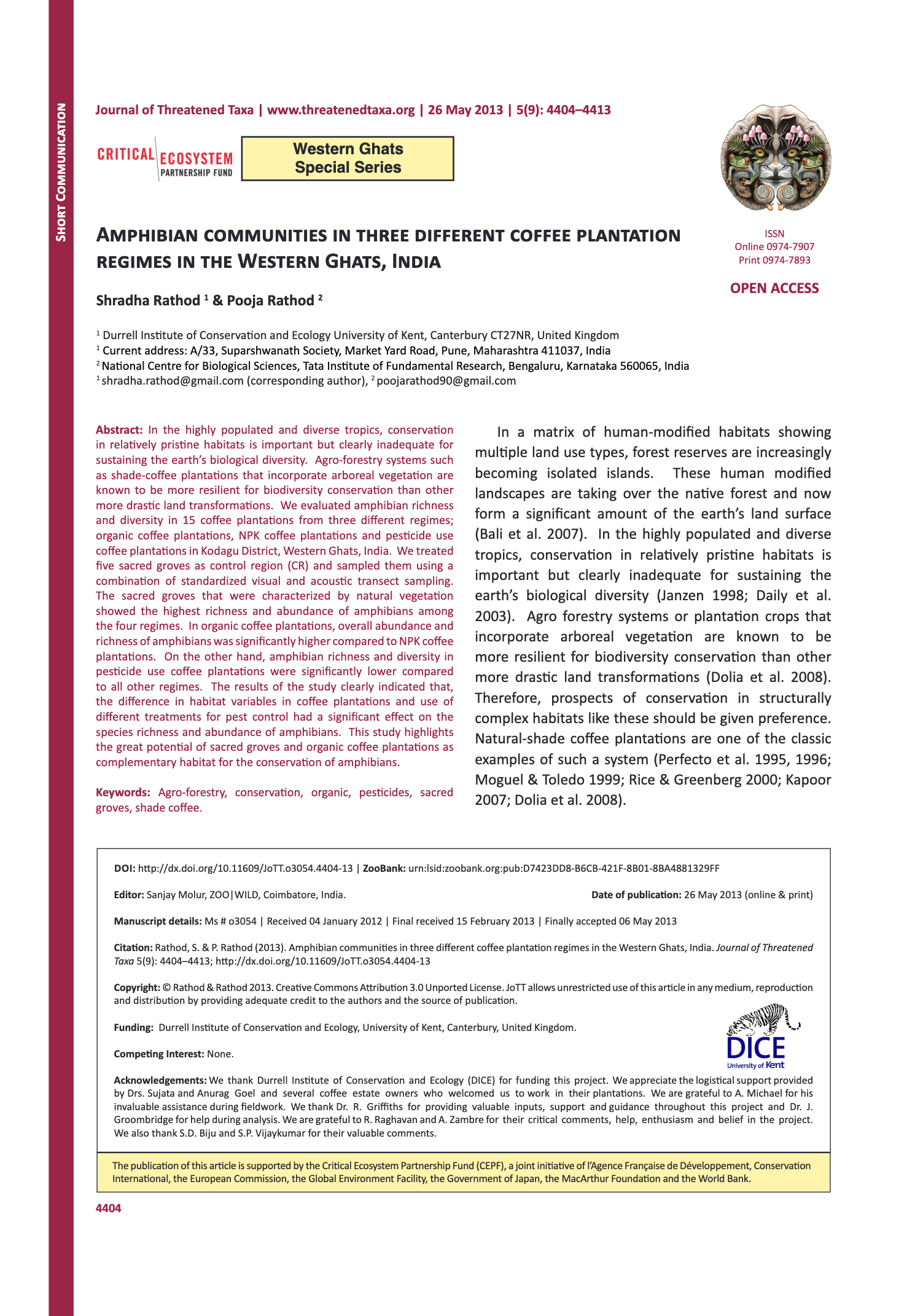Location
The India Biodiversity Portal is a repository of information designed to harness and disseminate collective intelligence on the biodiversity of the Indian subcontinent.
This portal aims to provide information on biodiversity in India. It is designed to harness collective knowledge, seek voluntary participation of users and establish a participatory platform for content generation, verification and usage. The Portal aims to facilitate and enable widespread participation by all citizens in contributing and accessing information on Indian biodiversity, that benefits science and society, contributes to a sustainable future; and guides the development and use of this Portal.
The IBP intends to aggregate biodiversity information for public good, by leveraging Web and providing easy open access to this wealth of information. The portal intends to mobilize a collaborative community that will build high-quality map-based multimedia information on India's biodiversity.
Members:
Resources
Displaying 1 - 2 of 2CEPF Western Ghats Special Series : Amphibian communities in three different coffee plantation regimes in the Western Ghats, India
In the highly populated and diverse tropics, conservation in relatively pristine habitats is important but clearly inadequate for sustaining the earth biological diversity. Agro-forestry systems such as shade-coffee plantations that incorporate arboreal vegetation are known to be more resilient for biodiversity conservation than other more drastic land transformations.
Population densities and diurnal activity pattern of the Indian Roller Coracias benghalensis (Aves: Coraciiformes) in Nagapattinam District, Tamil Nadu, India
Population densities and diurnal activity pattern of the Indian Roller were studied in Nagapattinam District over three years in different habitats. The agricultural lands supported the highest populations (41km-2), followed by river banks (36km-2) and social forests (32km-2); populations showed yearly variations in numbers and density in all habitats. On average, birds were observed to spend most of the day scanning (57%), with the remainder divided among feeding (16%), flying, (12%), preening (10%) and resting (5%).



